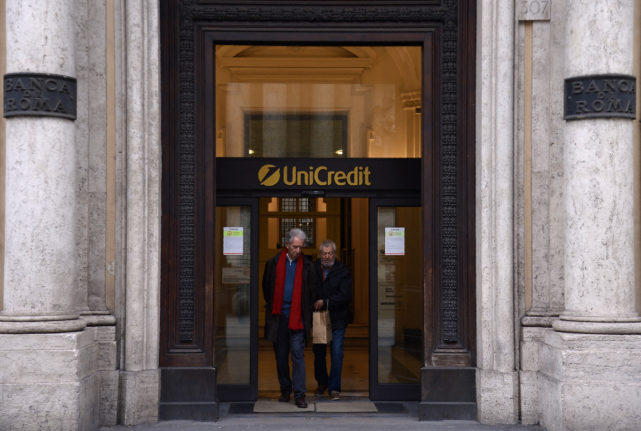The new rules came into force as of January 1st under the Italian government’s 2024 budget law, which was approved at the end of December.
The new minimum fee applies to foreign residents in Italy who pay for their health insurance already. That means those who fall under the country’s ‘voluntary’, as opposed to ‘mandatory’ (or free), healthcare registration rules.
READ ALSO: Q&A: What you need to know about Italy’s €2,000 healthcare fee
That includes pensioners on elective residence visas, diplomatic and consular staff working for foreign governments, employees of international organisations, volunteer workers, and people over the age of 65 in Italy for family reunification reasons (who arrived after November 5th, 2008).
Individuals in this situation previously had to pay an annual fee of at least €387.34, rising to as much as €2,788.87 based on income calculations – meaning most will pay significantly more going forward.
Foreigners who fall under Italy’s ‘mandatory’ healthcare registration rules, including employees of Italian companies, the self-employed, those on Italy’s unemployments lists, asylum seekers, and minors, will continue to be exempt from registration fees.
The charge was introduced via an amendment to a 1998 law governing the situation of foreigners in Italy, replacing the words “the minimum contribution provided for in the current regulations,” with “€2,000 annually” in a clause on annual heath service registration costs.
Two exceptions are non-EU foreigners in Italy on a study permit, who under the new rules will be required to pay at least €700 a year, up from €149.77, and au pairs, who will pay €1,200, up from €219.49.
The change was first tabled in an early draft of the budget published in October, but there was widespread confusion as little detail was given at the time.




 Please whitelist us to continue reading.
Please whitelist us to continue reading.
Member comments